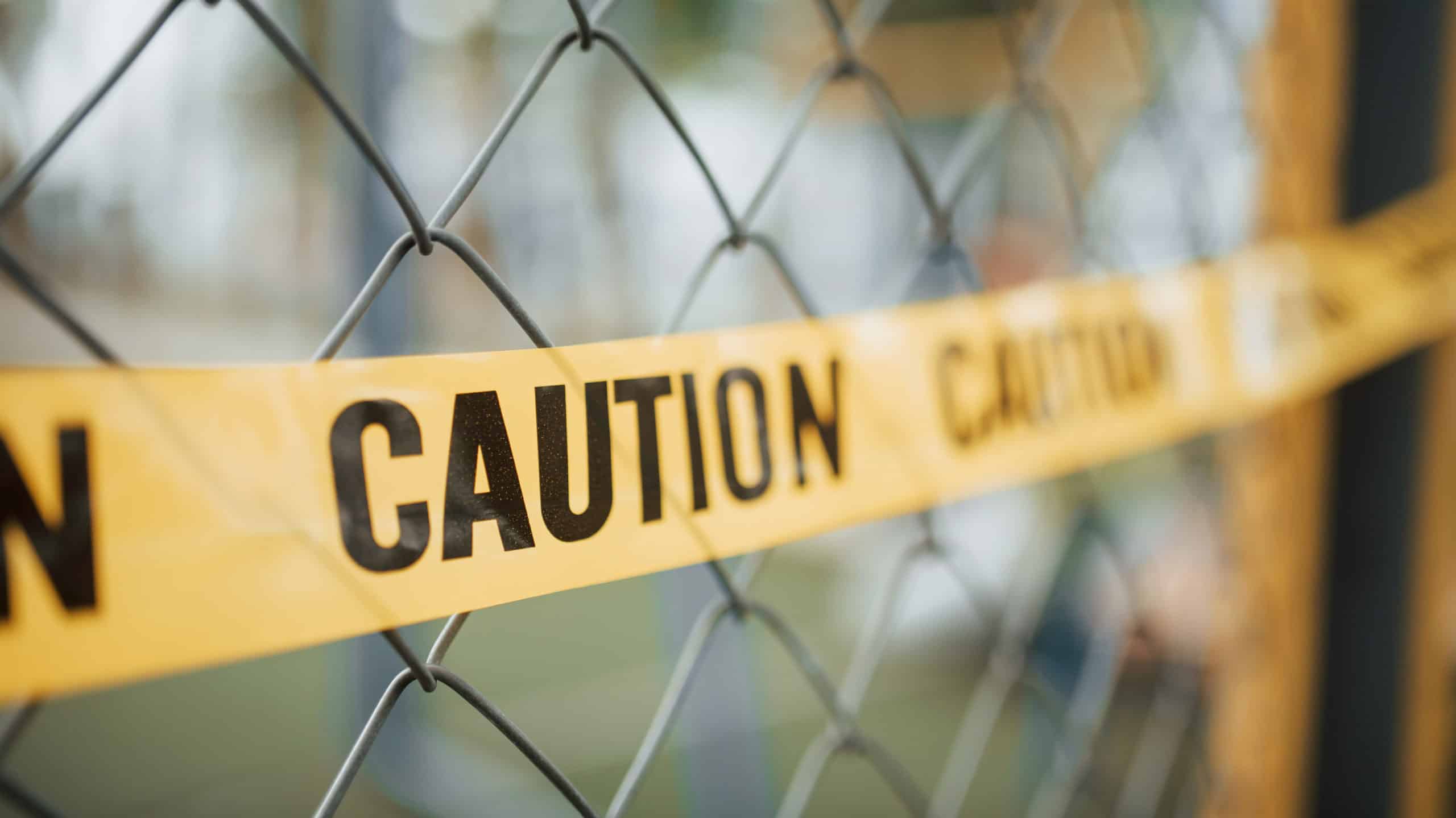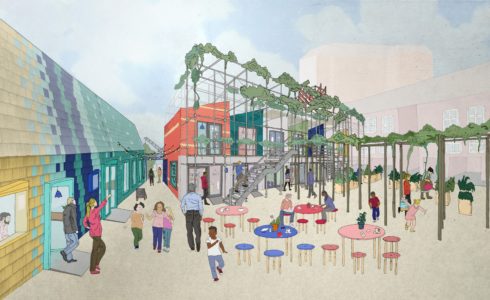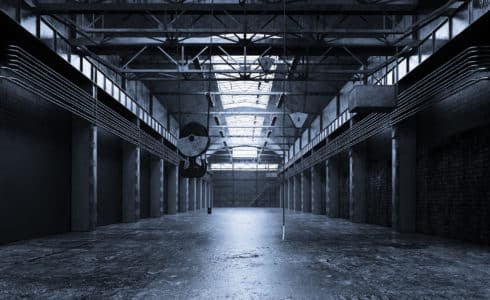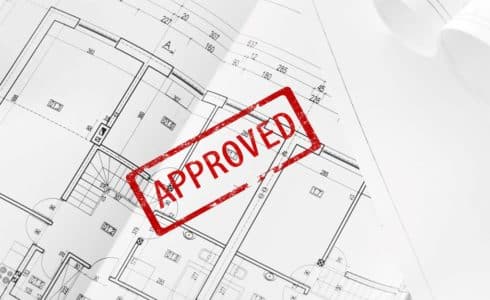
Health & Safety: it’s not all paperwork…
From a safety point of view, putting on an immersive show can be inherently problematic. They are often held in site-specific spaces not set up for public events, and frequently involve your cast interacting directly with the audience. Budget is usually tight and there is always the temptation to cut a few corners to save money, and often a tension between the creative ambition of wanting your audience to feel they are in perilous situations, but with a responsibility to ensure their safety. But this doesn’t have to become a battle between your creative team and the Health & Safety fun police; instead it should be viewed as the ultimate collaborative exercise in creative problem solving.
“How do we make the audience believe that character is about to jump off the balcony to his death, without actually putting the actor at risk”, is fundamentally a creative problem that can be solved with any number of creative solutions ranging from costume (to hide a harness), to lighting (lit so hardness & safety line aren’t visible), to scenic (hidden guards and appropriate landing mats if they were to fall), to training (using an experienced aerial performer).
The foundation of every live event.
In our experience, the only way to integrate safety properly into the world of a show is to consider it from the very beginning, as part of the creative inception and design phases. Considerations for the audience and cast safety need to be built in from the ground up so that control measures can be built into the fabric of the narrative rather than slapped on later like a sticking plaster.
When you choose the latter approach, you’re liable to end up with a safety manager running around your immersive medieval stage set armed with hazard tape, throwing white gaffer over every platform edge and explaining to the creative director they really can’t have dragon flame effect because there isn’t adequate ventilation. It’s the fun police scenario. There would have been ways to safely achieve all the creatives’ incredible ideas, but by that point it’s too late, it’s too complex or too expensive to reverse engineer a solution.
Creative H&S: the right way to do it.
So what are the key principles we should follow to achieve both a safe working environment and an incredible, unforgettable, totally immersive experience.
1) Understand your responsibilities. You have a duty of care to your audience and everyone working on your project. This is backed up by both statutory and civil law; you can’t make them go away with a disclaimer on a ticket or a clause in a contract.
2) Get the right people in the room early. Get an experienced and qualified health and safety professional involved early, invite them to the early creative meetings and start asking them “how could we do this?” as part of the design & development process.
3) Insurance isn’t a Get Out Of Jail card “I’ve got good insurance” isn’t a solution, if someone has an accident and it’s serious enough, you (or more likely the directors of the company) can still be prosecuted, you can still be closed down by the local authorities and in the event of a claim your premiums will increase potentially making future shows impossible.
4) Staff welfare is not a game Your people are your show, they are humans who need to be looked after. You need to think about what measures you’ll take to protect your cast from drunk / scared / aroused / overly enthusiastic members of the public without breaking the narrative. Make sure there are also adequate provisions for their welfare, and especially consider the schedule as part of this. Tired people get sick and/or have accidents.
5) Dream big, and work backwards if necessary. The crazy ideas are often possible to execute safely, given enough planning and an adequate budget, but if there isn’t enough time and/or money to do it safely then it’s not worth the risk. Think of a creative solution that tells the story in a way that is achievable.
And finally, never forget the context within which you are working. Site specific work is very different to creating a theatre show in an established seated venue space. You could be dipping into a world that intersects with construction, building control, planning permission, fire strategies, audience attraction safety, structural surveys and food hygiene. Seek out experience and expertise to get a clear idea of the implications of what you’re trying to achieve and the potential costs involved, to ensure you’re not compromising on safety or experience.



